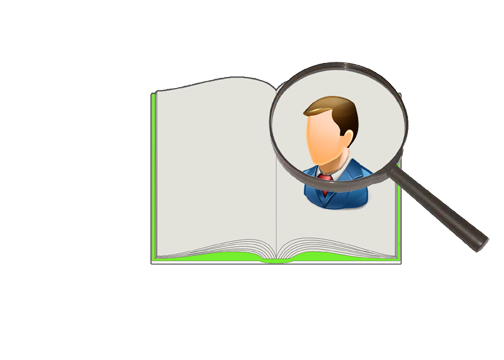
Word webs catch ideas like spider webs catch bugs! Ever feel stuck on a word? Start by adding that word to a word web. Let that one word be an impetus for gathering other words. For example, perhaps you put the words ice cream in the center of a word web. What comes to mind when you think of eating ice cream? Perhaps cold, or sweet, fruity, chocolate, or vanilla, come or cup come to mind. Word webs attract words! A word web expands the meaning of a single word by clustering alternative or similar meanings. A word web can focus on description, identification, synonyms, antonyms, or usage. A word web can even look at what the meaning of the word is not! Word webs connect other ideas, make generalizations, identify main ideas, and expand and explore themes. A word web can connect to specific descriptors. Word webs can start with what you already know, summarize that information, and build further understanding. Word webs can generate curiosity questions about what you don’t know about a subject. Webs can be done individually (with the help of Visuword, a dictionary, or a kids thesaurus! Expand your vocabulary. Use word webs! Get the sticky on ideas!
Activity 1 – Make a Word Web

Take a close look at spider webs. Look around your house. Look outside. Look up spider webs on the internet. There are many types and many patterns. Make sketches in your journal. Come up with one you like. Now get a larger piece of paper and draw it carefully. Next cut out a series of oval shapes. Start in the center with the largest oval and write your first word on it. Move out from the center and write as many words as you can possible think of that are associated with your original word. Next, choose a subject you are interested in. Start by making a circle in the center of a piece of paper with the subject inside of it. Start with free-associate words, terms, or phrases you think of when you say and read the word. Then moving out from the center, list all of the adjectives you can think of that describe or give information about that subject. In the next layer (maybe using a different colored marker) reference other names for the subject that it may or may not be known by; use a thesaurus ff you get stuck.
Make word connections stick!
Activity 2 – capture character

Using one of the books you are reading create a series of character maps. Choose at least three characters to map. Start with the easy descriptors: hair color, eye color, and height. Choose words that describe the person’s natural abilities and interests; perhaps they like playing an instrument, or competing in sports. What do they like to eat? How do they like to pass their time? Then move to the more difficult personality descriptors such as sense of humor, trustworthiness, outgoing or introverted, silly or serious. Capture the characters of the stories you are reading and learning. This is a fun activity to do in class for other class members. In this instance just put a question mark in the middle of the web and list all of the person’s attributes. See if people can guess whom you are describing.
Activity 3 – Expand sense of place

Imagine a setting for a story, a play, a painting, a habitat or a historical event. Make a word web with the name of that setting in the middle shape set on a page. Connect descriptors such as location, color, texture, atmosphere, mood, lighting, smell, etc. Think like a writer or a stage designer or a filmmaker or even an urbanism. What kind of places can you imagine? Using word webs can help with brainstorming ideas and visualizing concepts.
Activity 4 – create a habitat web

In this activity place an animal name in the center of your web. Then describe the animal habitat and habits of the animal. Where does the animal sleep- underground, in a treetop, on a mountain, underwater? Think of parallel words such as refuge, wetland, sanctuary, nest, den, hive, etc. Where does the animal hide? What does the animal eat? How does the animal adapt to its surrounding? Using a word web can be a pre-writing activity at the beginning of researching about different subjects. You can use your word web to create an outline for a paper.
Activity 5 – expand a theme

Now that you are a word web maker, it is time to pick a theme, like water conservation, or outdoor classrooms, or bicycle design or anything you can think about that is important to sustainability. This time put a picture of the theme in the middle of the paper. Brainstorm everything you already know about the theme. In the second web tier list everything that you have questions about. In a third tier, list positive and negatives. In the fourth tier list cause and effects of your subject.
Review

- Word webs can be used for
- People can catch words in a word web.
- Word webs can record what you already know and what you would like to find out about a subject.
- Word webs can help describe a character, a setting, and a theme, even a story. Word webs can help describe a character, a setting, and a theme, even a story.
- Word webs can extend meaning of a word by listing:











































